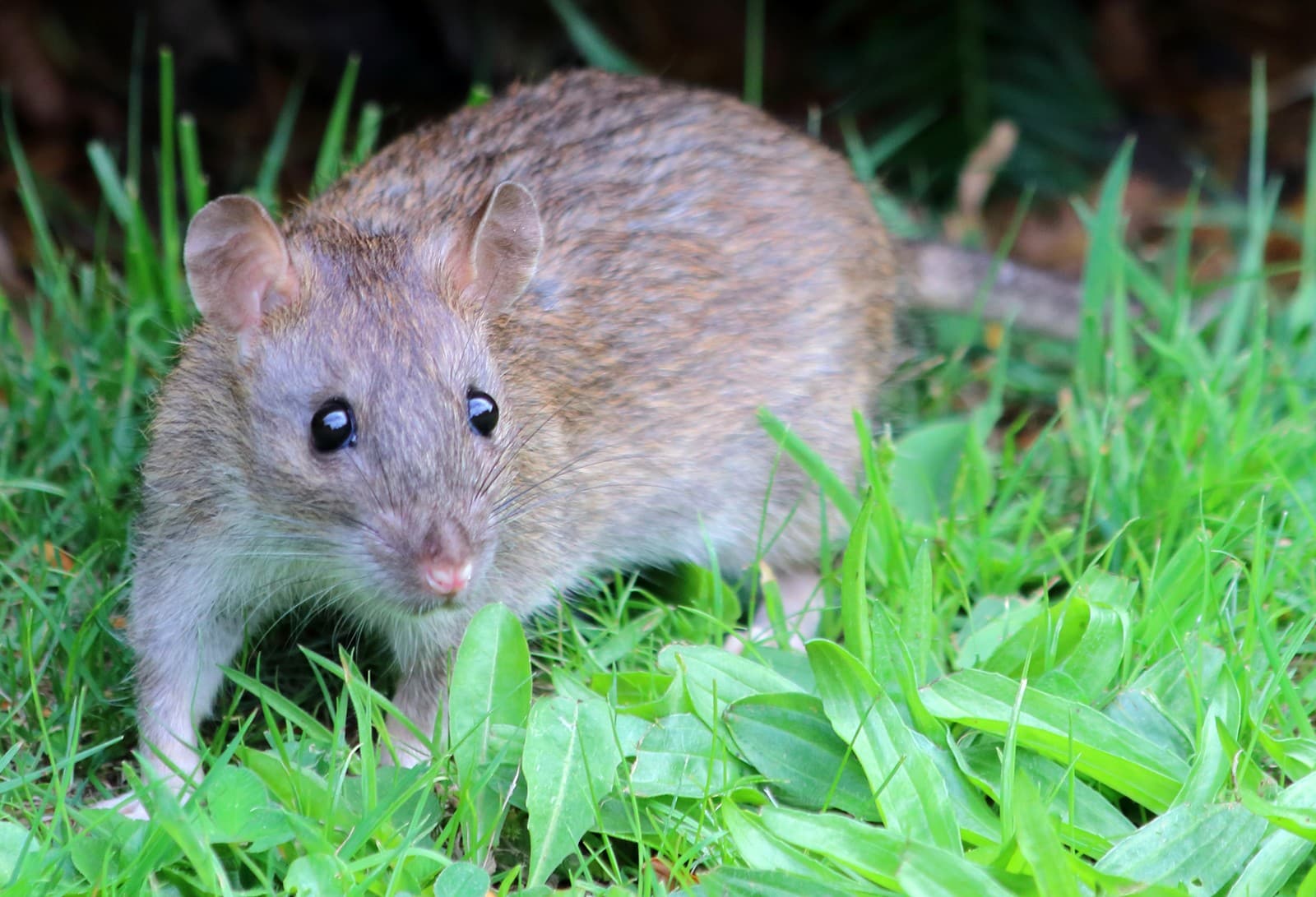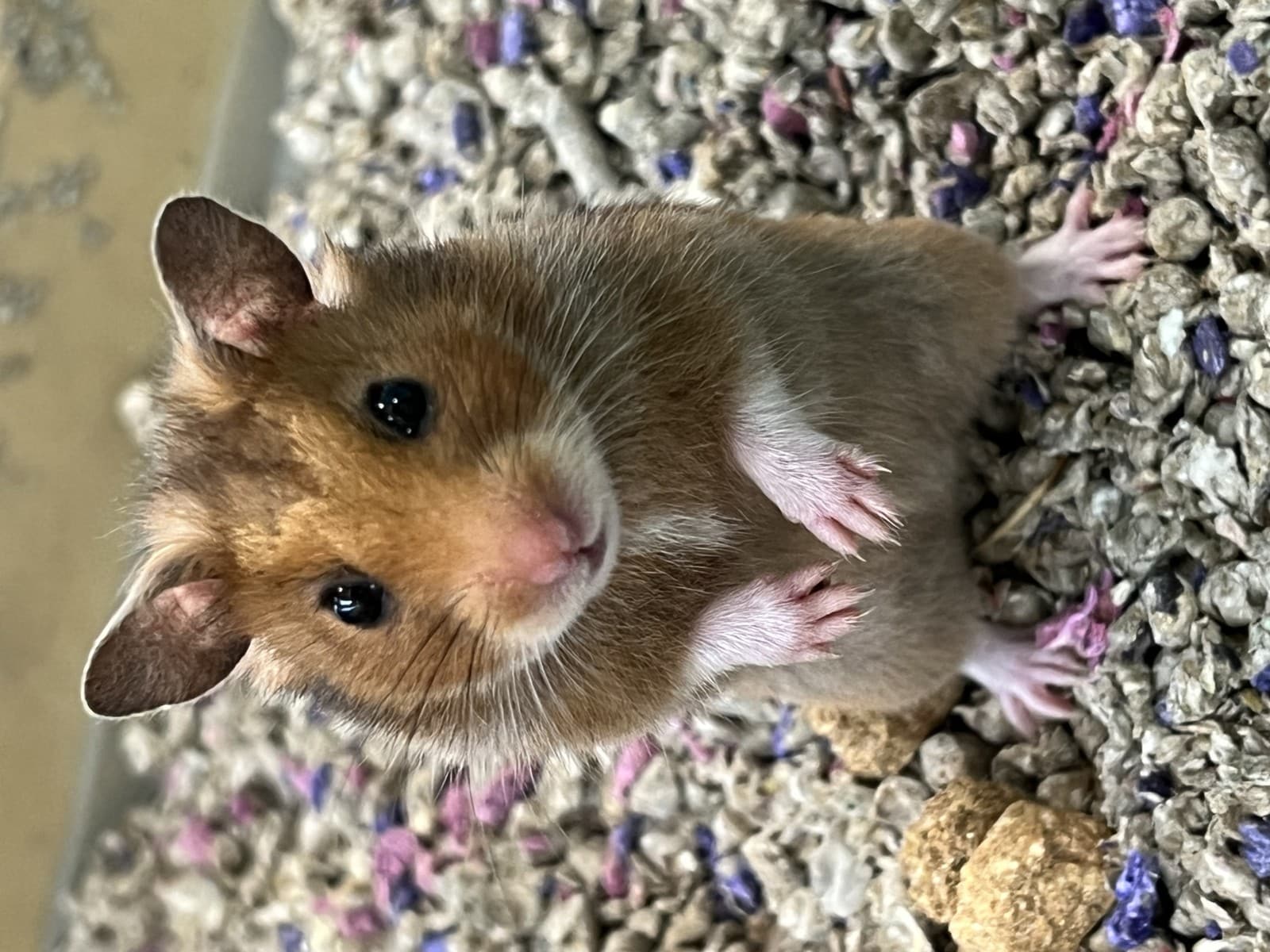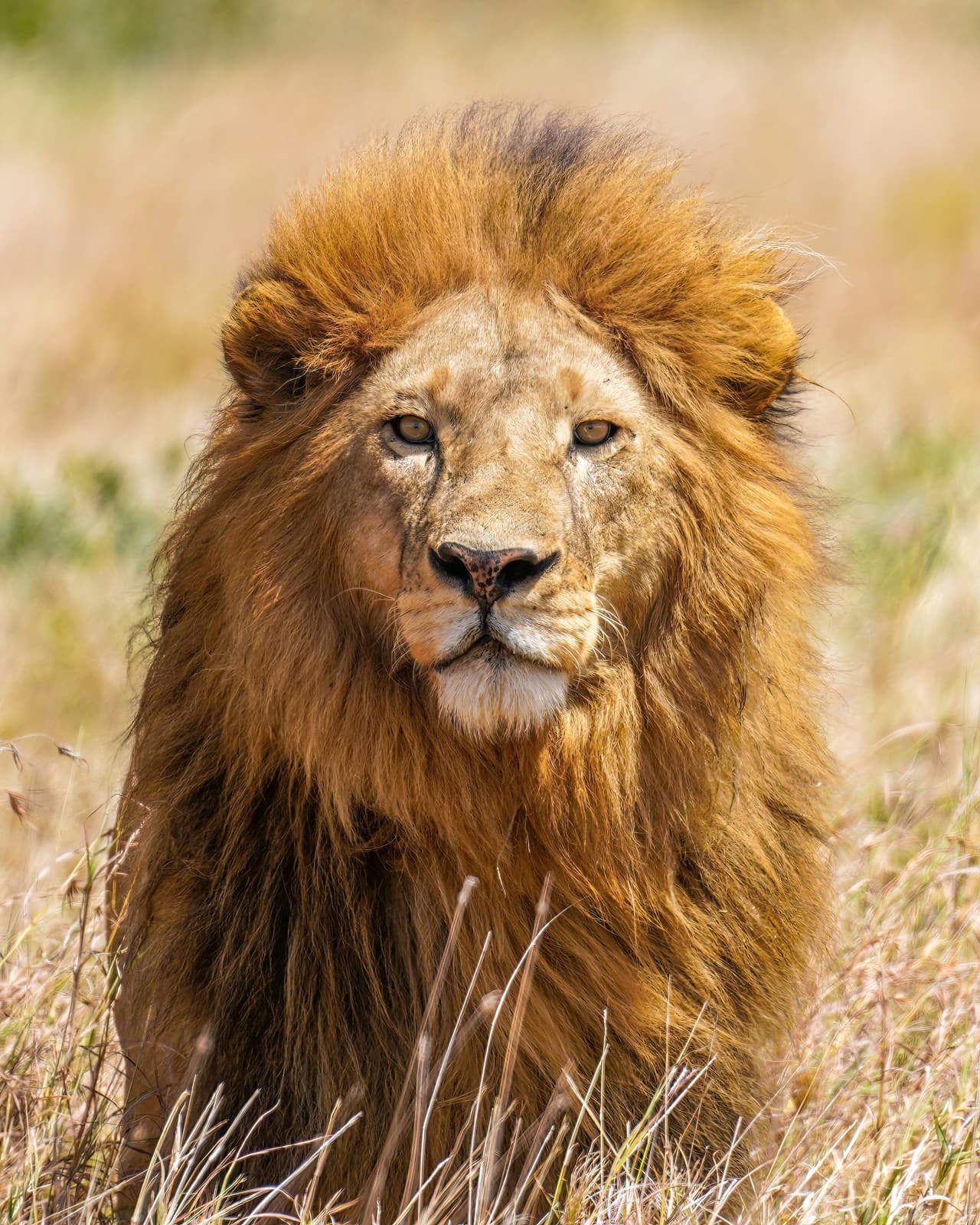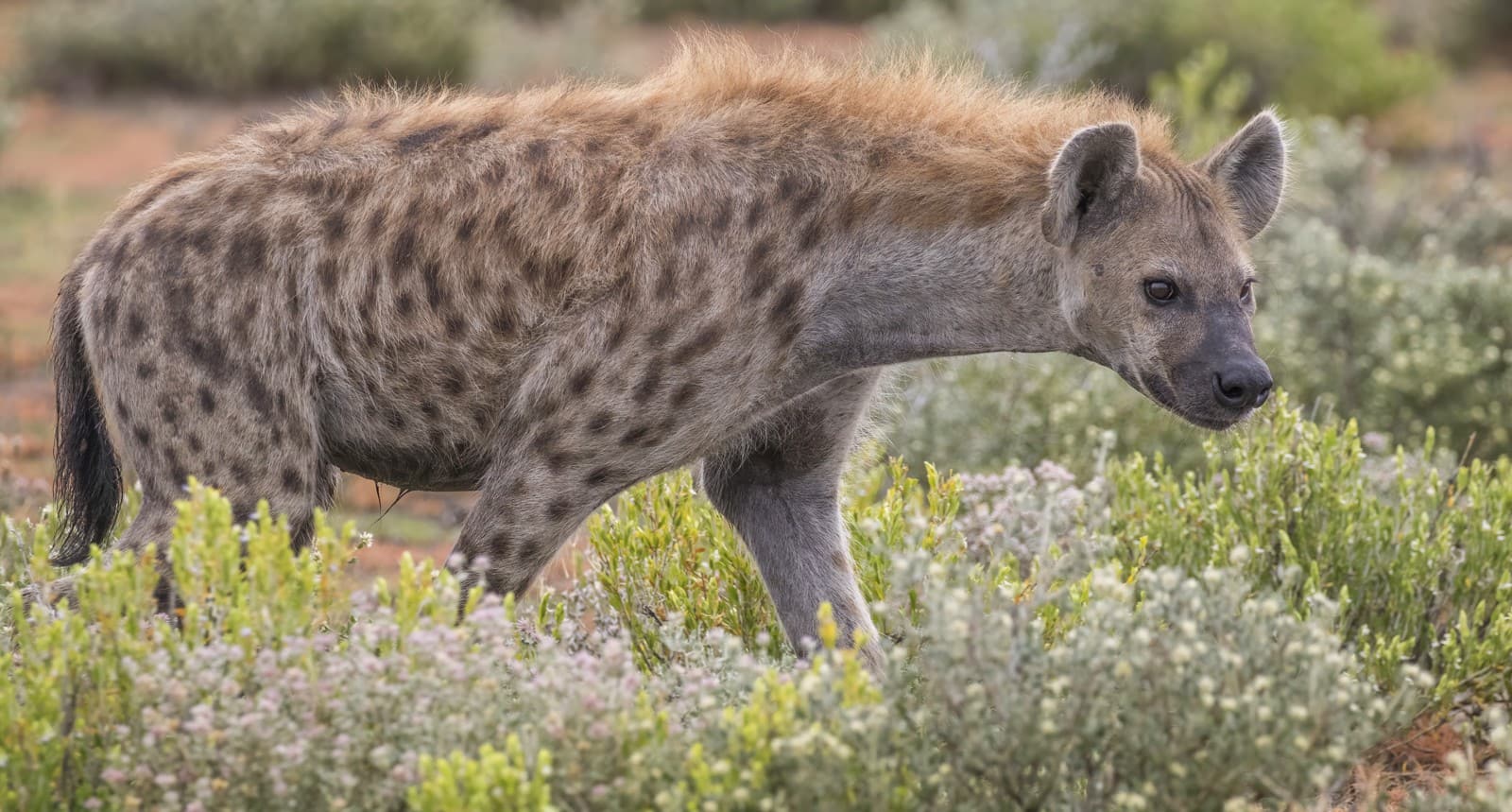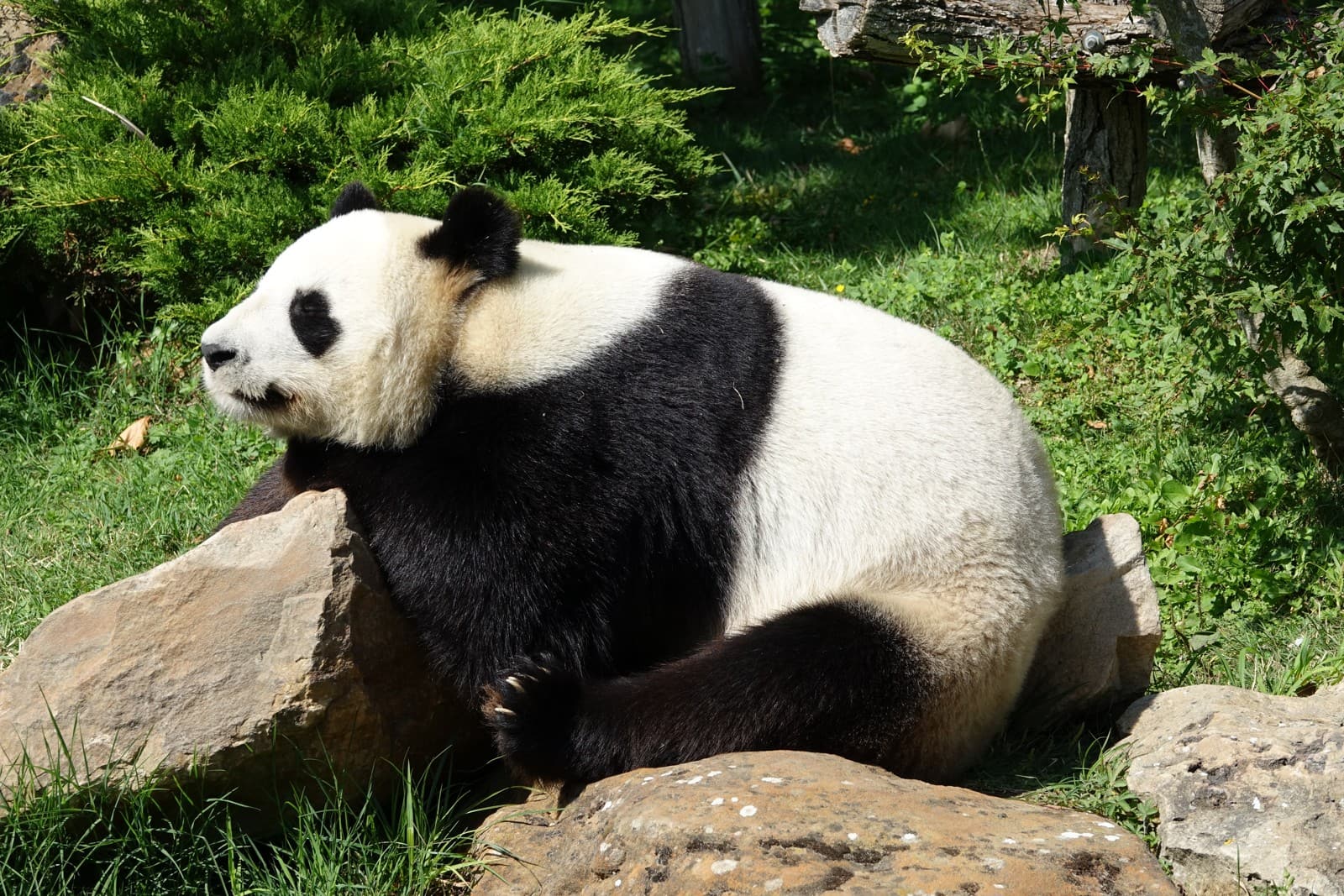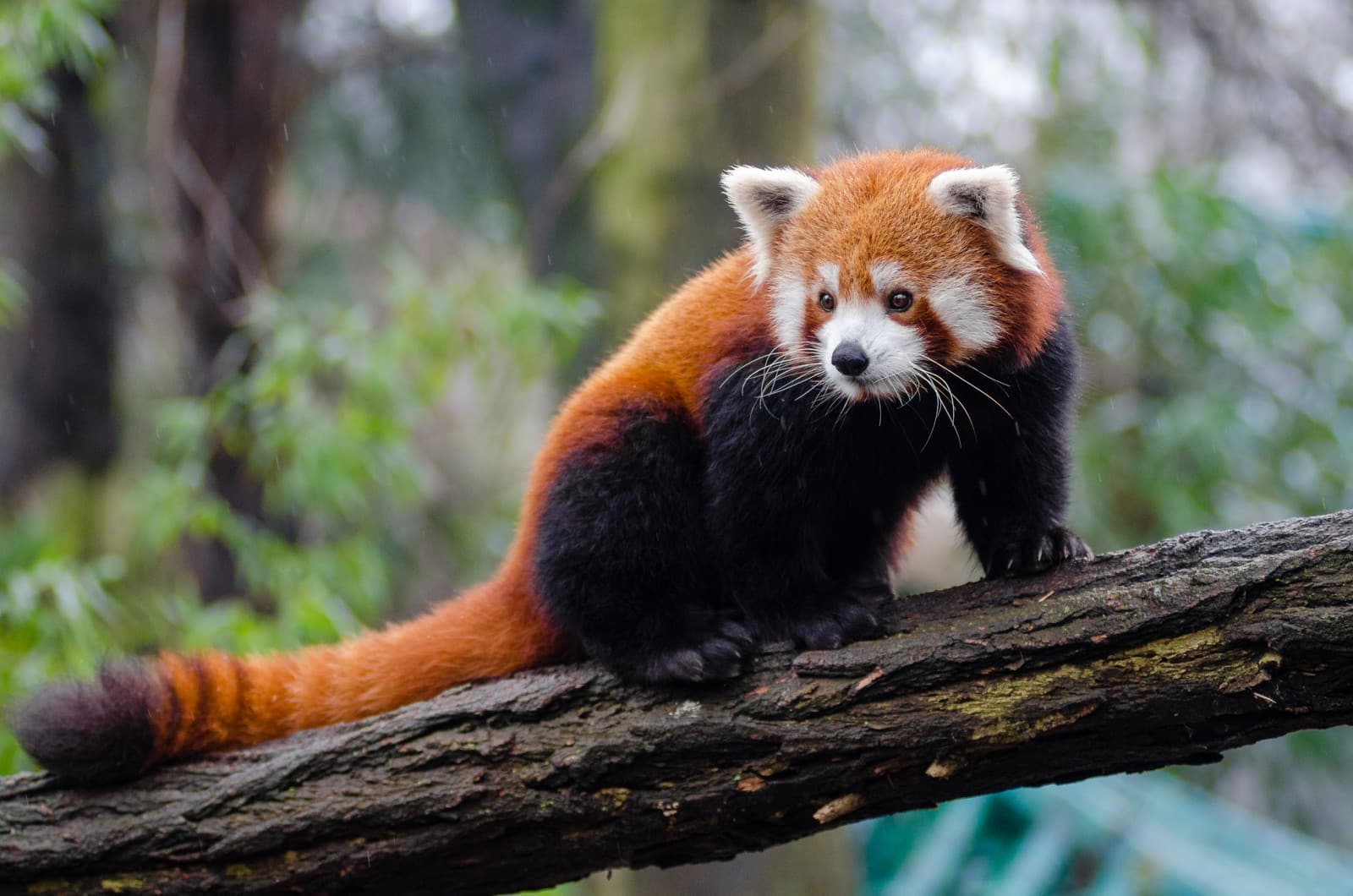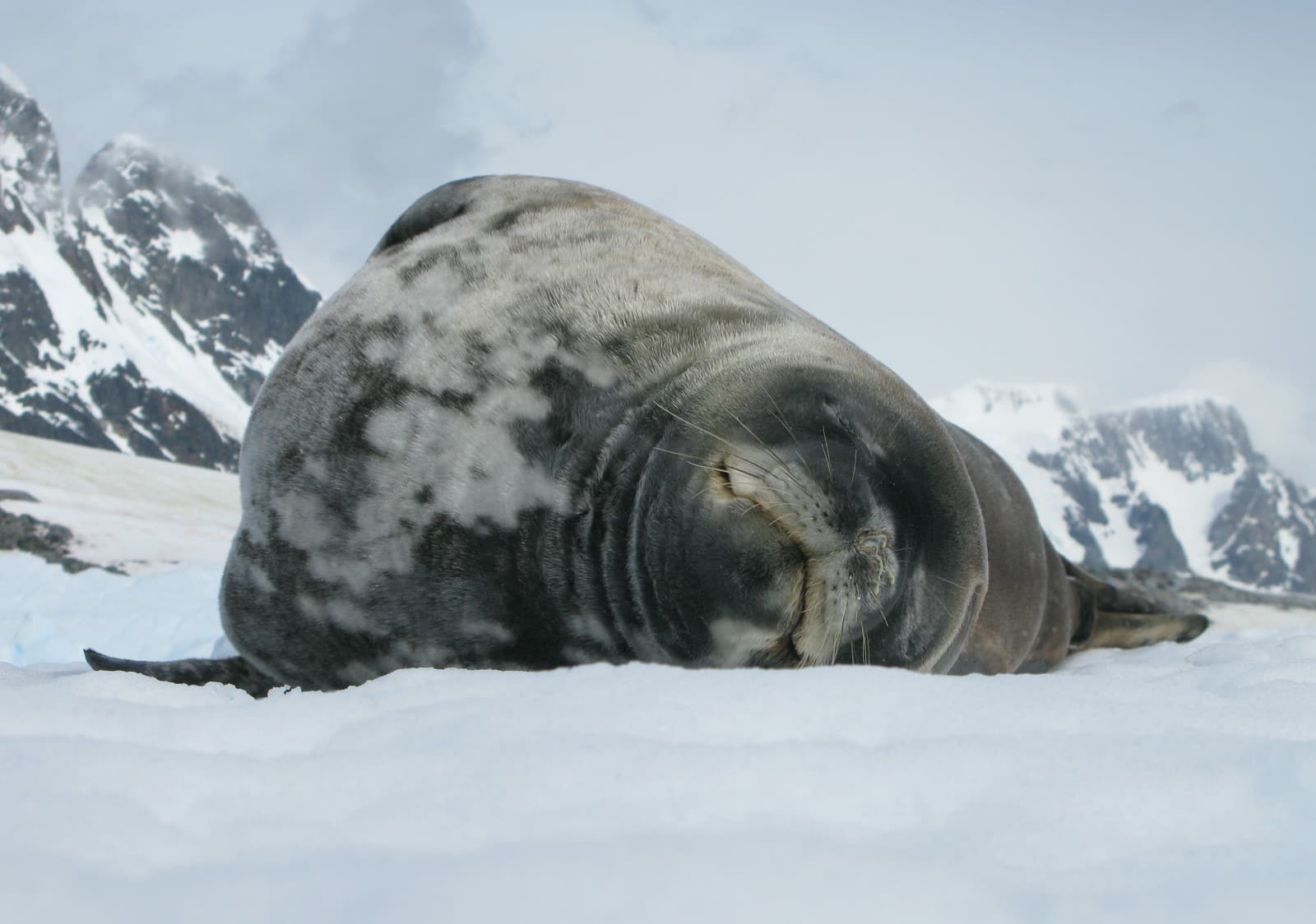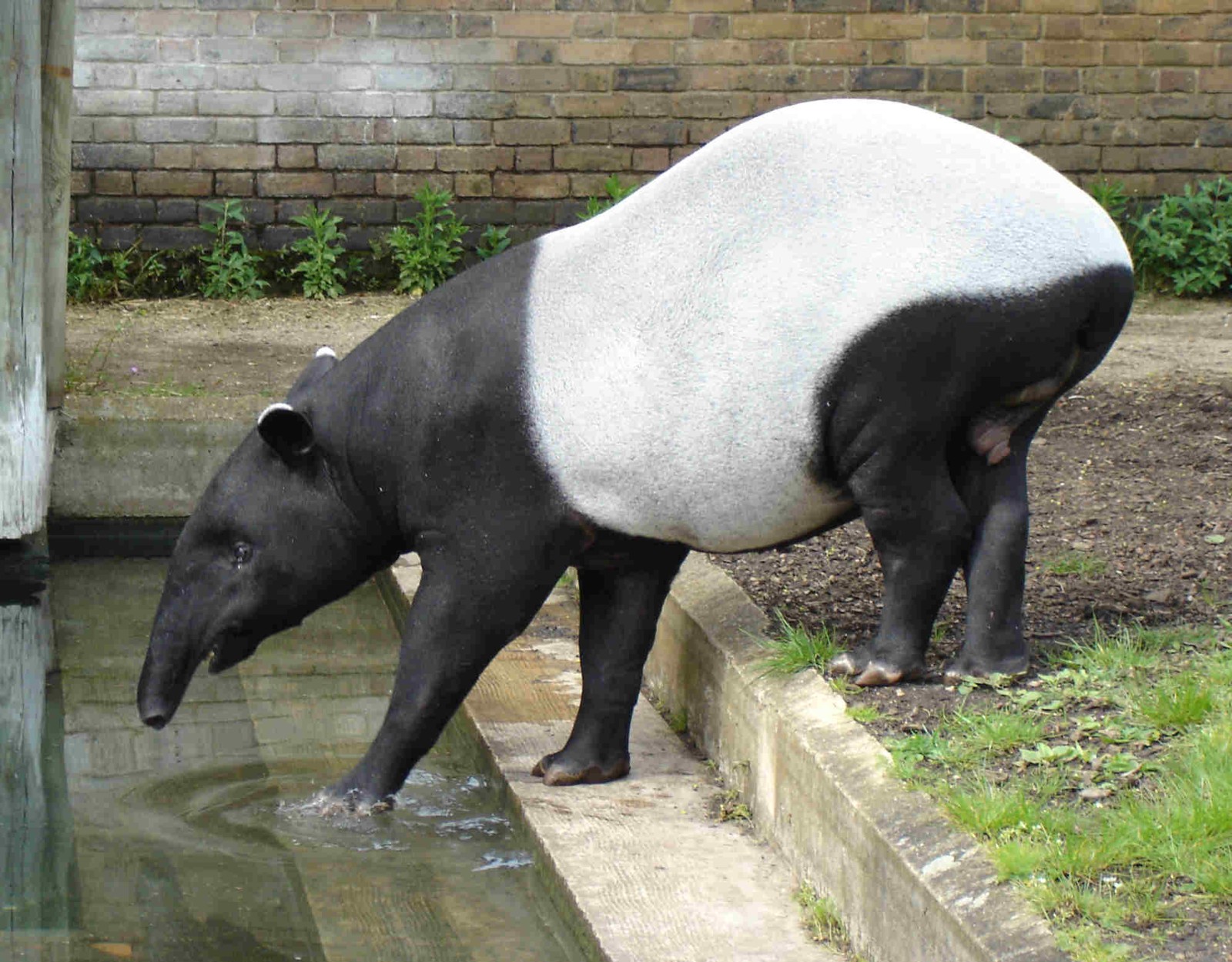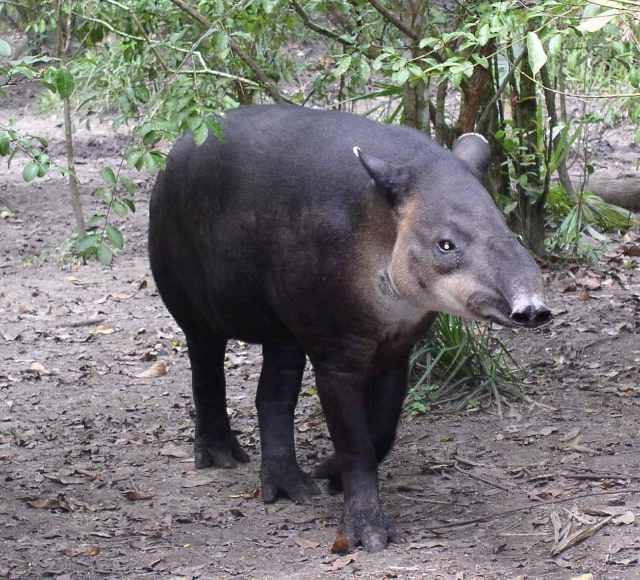Angora Rabbit vs Angora Cat: A Complete Comparison
When comparing Angora Rabbits vs Angora Cats, both breeds are renowned for their spectacular long-haired coats, but they differ significantly in their origins, care requirements, and temperaments. Angora Rabbits produce up to 1 pound (0.45 kg) of wool annually, while Angora Cats don’t actually produce wool despite their similarly luxurious appearance.
These two breeds, despite sharing the “Angora” name, developed independently. Angora Rabbits originated in Ankara, Turkey (formerly Angora), specifically bred for wool production, while Angora Cats emerged from the same region as natural inhabitants, developed through selective breeding for their distinctive appearance.
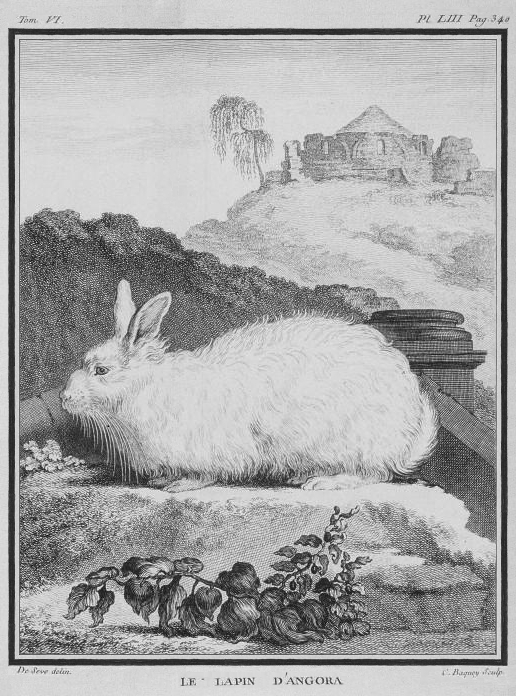
The Angora Rabbit, illustrated here in a classical engraving, showcases the breed’s distinctive woolly coat that made it prized among fiber producers for centuries.
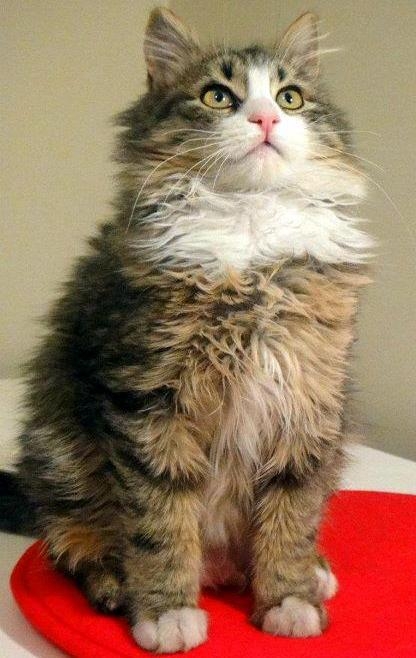
The Turkish Angora Cat exhibits the breed’s characteristic silky coat and elegant bearing, demonstrating why these felines have enchanted admirers for generations.
Key Differences: Angora Rabbit vs Angora Cat
| Feature | Angora Rabbit | Angora Cat |
|---|---|---|
| Size | 5-12 lbs (2.3-5.4 kg) | 8-15 lbs (3.6-6.8 kg) |
| Lifespan | 7-12 years | 12-18 years |
| Coat Type | Wool-producing, requires harvesting | Non-shedding, silky fur |
| Grooming Needs | Weekly harvesting, daily brushing | Bi-weekly brushing |
| Purpose | Fiber production, companionship | Companionship only |
| Temperature Tolerance | Prefers cool environments | Adaptable to various climates |
Coat Characteristics and Maintenance
Angora Rabbit Coat Care
- Requires wool harvesting every 90-120 days
- Produces 8-16 ounces (227-454g) of wool per harvest
- Daily brushing prevents matting
- Prone to wool block if not properly groomed
- Special attention needed during molting seasons
Angora Cat Coat Care
- No wool production
- Moderate shedding throughout the year
- Requires brushing 2-3 times per week
- Less prone to matting than Persian cats
- Seasonal coat changes require extra attention
Temperament and Behavior Differences
Angora Rabbits typically display:
- Gentle disposition
- Limited territorial behavior
- Need for regular exercise
- Social interaction requirements
- Quiet nature
Angora Cats commonly exhibit:
- Independent personality
- Strong hunting instincts
- High intelligence
- Social but not overly dependent
- Vocal communication
Health Considerations
Angora Rabbit Health
- Susceptible to wool block
- Requires temperature monitoring
- Dental health maintenance crucial
- Regular nail trimming needed
- Prone to heat stress
Angora Cat Health
- Generally healthy breed
- Lower incidence of genetic issues
- Regular veterinary checkups sufficient
- Dental hygiene important
- Good longevity compared to other breeds
Cost and Care Investment
Initial Costs
- Angora Rabbit: $50-200
- Angora Cat: $800-1,500
Annual Maintenance
- Angora Rabbit: $500-800
- Angora Cat: $800-1,200
Time Investment
- Angora Rabbit: 1-2 hours daily
- Angora Cat: 20-30 minutes daily
Making the Choice: Which Angora Is Right for You?
Consider these factors when choosing between an Angora Rabbit and an Angora Cat:
- Living Space Requirements
- Rabbits need secure, spacious hutches
- Cats adapt well to indoor environments
- Time Commitment
- Rabbits require more consistent care
- Cats are more independent
- Investment Return
- Rabbits can produce valuable wool
- Cats offer companionship only
- Allergies
- Rabbit wool may cause fewer allergic reactions
- Cat dander can trigger allergies
- Lifestyle Compatibility
- Rabbits suit structured routines
- Cats adapt to varying schedules
Conclusion
While both Angora Rabbits and Angora Cats offer unique rewards as pets, they serve distinctly different purposes. Angora Rabbits require more intensive care but provide valuable wool, while Angora Cats offer elegant companionship with moderate maintenance needs. Your choice should align with your lifestyle, time availability, and specific pet-keeping goals.
